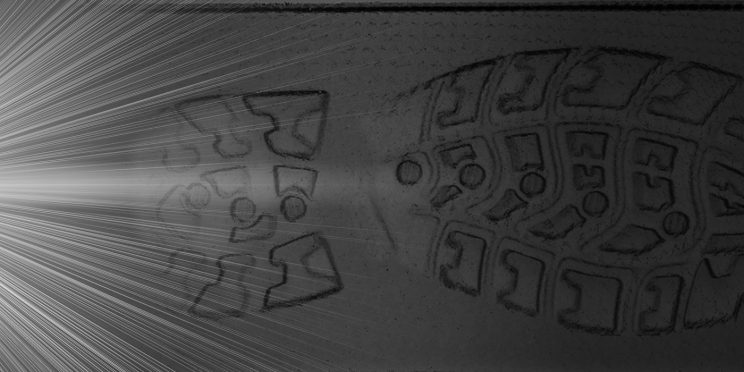Overview
This presentation provided a general introduction to the concepts of error and uncertainty as well as the differences between them. It will then apply these concepts to quantitative and qualitative aspects of bloodstain pattern analysis.
Error and uncertainty are two concepts which have gained significant attention in forensic science in recent years. Uncertainty is generally applied to quantitative conclusions in the form of uncertainty of measurement while error can involve quantitative values but most often deals with qualitative statements by forensic scientists. Daubert admissibility standards require the consideration of a method’s known error rate. This presentation provided a general introduction to the concepts of error and uncertainty as well as the differences between them. It will then apply these concepts to quantitative and qualitative aspects of bloodstain pattern analysis (BPA). Quantitative aspects of BPA which will be discussed include the locations of areas of convergences, areas of origin, and the minimum number of impacts. The presentation also discussed how the quality of stains within a pattern, the quantity of these stains, as well as characteristics of the substance, can increase or decrease the uncertainty of pattern classification. Past research on these topics was also discussed.
A certificate of completion is available for all who register and attend this webinar.
Presenter
- Jeremy Morris
Funding for this Forensic Technology Center of Excellence webinar has been provided by the National Institute of Justice, Office of Justice Programs, U.S. Department of Justice.
The opinions, findings, and conclusions or recommendations expressed in this webinar are those of the presenter(s) and do not necessarily reflect those of the U.S. Department of Justice.
Contact us at ForensicCOE@rti.org with any questions and subscribe to our newsletter for notifications.




